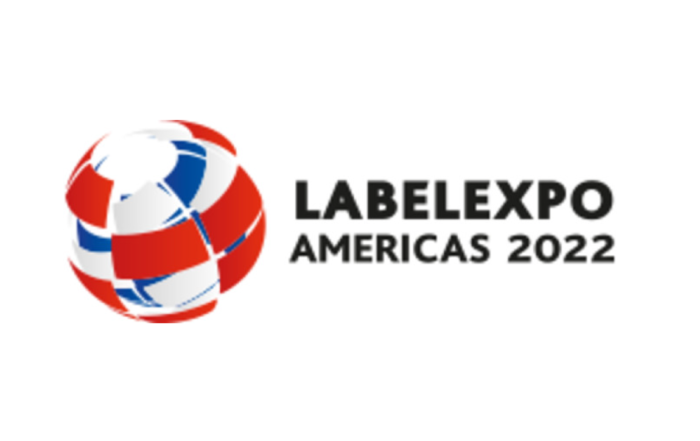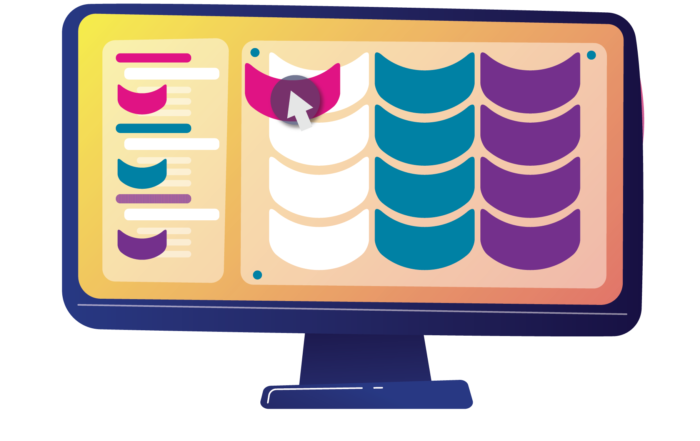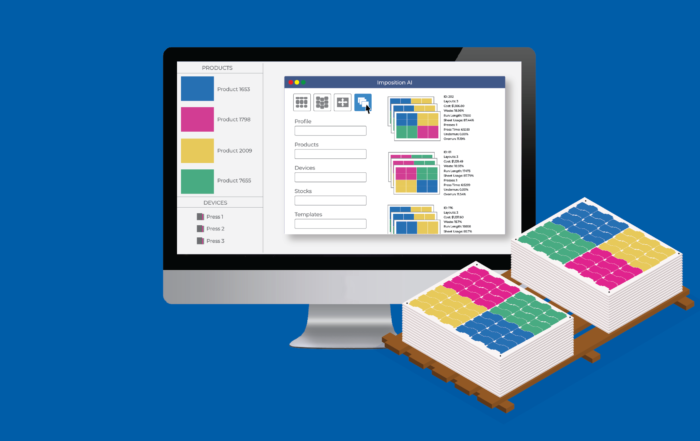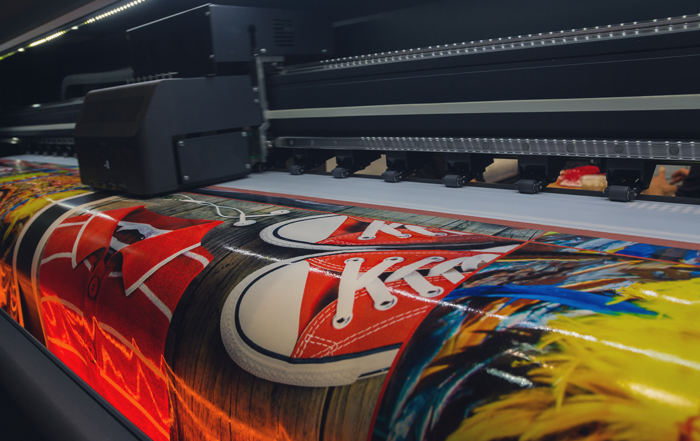Quality, Integration, and Innovation
To remain profitable in today’s competitive environment, print and package companies are scrutinizing all areas to become more productive, lean, and efficient. Although they may vary greatly in terms of size and capabilities, companies agree that automation, especially when applied to prepress operations, can generate improvements that are both measurable and sustained.
Now that you’ve decided that prepress automation is the answer, what’s next? There are more than a few software solutions out there, each boasting exciting new features and promising certain outcomes. But, as you might have learned the hard way, not all are created equally. So how can you tell which is best for you?
Glad you asked. Here are three non-negotiable considerations for print and package companies when evaluating prepress automation solutions.
Quality
As a print and/or packaging company you’re keenly aware quality is everything. While highly subjective and not easily measured, quality is nonetheless easily recognized – and so is its absence. This holds true for prepress automation software.
The American Society for Quality (ASQ) has created a software quality model to help quantify the interpretation of software quality. This model consists of the following software characteristics:
Functional Suitability: This includes the software’s Functional Completeness, Functional Correctness, and Functional Appropriateness.
Reliability: This includes the Maturity, Availability, Fault Tolerance, and Recoverability of the system.
Usability: From Learnability through Operability, Appropriateness Recognizability, User Error Protection, User Interface Aesthetics, and Accessibility, the software should not burden the user.
Performance Efficiency: This includes Time Behavior, Resource Utilization and Capacity.
Security: Software Confidentiality, Integrity, Non-Repudiation, Authenticity, and Accountability are important security considerations.
Compatibility: This includes software Interoperable and how it Co-exists with other applications.
Maintainability: This is Modularity, Reusability, Analyzability, Modifiability, and Testability.
Transferability: How Adaptive, Easy to Install, and Replaceable is the software?
Be sure to study and consider these characteristics when evaluating software.
Integration
In today’s digital and collaborative environment, no software operates in a vacuum. It is therefore paramount that applications integrate easily and freely with complementary business and production systems. This goes for applications across the production floor and across the extended global enterprise.
Whether you’re that modest print shop around the corner, a conglomeration of dispersed departments, partners, suppliers, and customers or someplace in between, seamless prepress software integration should be a top consideration.
To ensure integration and interoperability, the system you select should follow the Representational State Transfer (REST) API. This will provide the infrastructure for reliable connectivity with current and future commercial or homegrown systems.
Go here to learn more about REST.
Innovation
Does the software provider you’re considering emphasize innovation? If so, how do they demonstrate this?
Whether you realize it or not you’re putting a lot of faith into this software provider. You’re relying on them to keep you current and in step with new technologies and equipment. Take the time to understand their development process. Learn how they anticipate industry trends and ask how that information is translated into the next generation products.
What about input from customers? Is this encouraged; and, if so, how is that feedback captured, prioritized, and applied toward future releases? As a paying customer and stakeholder, you should have a say in directing future releases and next generation applications. Make sure that the vendor agrees with this.
Finally, it’s important to remember that your company is going to look different in a couple of years. As a result, you’ll want software to be scalable to adapt with your changing requirements. And by selecting a universal system with customizable data points you can better ensure its compatibility across all presses and cutters – including any that you might add down the road.
The Bottom Line
You wouldn’t purchase a printing press without doing your homework; and you shouldn’t buy a system to automate prepress operations without comparing solutions. Take the time to investigate the market, ask the right questions, and understand how the software (and the company behind it) supports your immediate and long-term objectives.
It’s easy to become distracted by a lot of bells and whistles. What’s critical is the quality of that software, how well it integrates with other applications, and the on-going evolution of that system.






